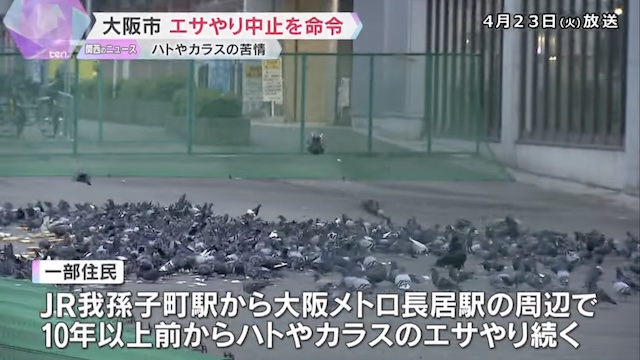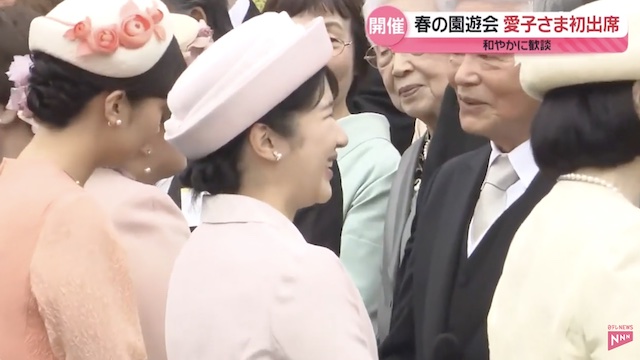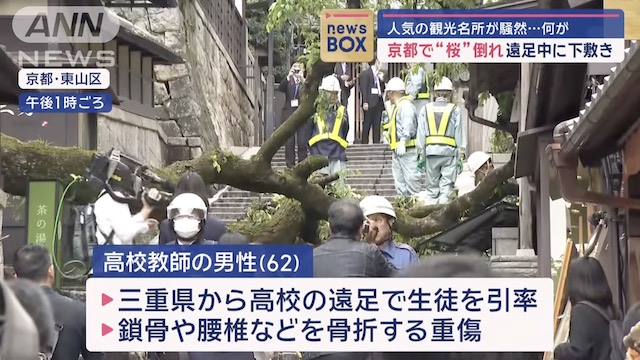Mar 25 (foreignpolicy.com) - Japan granted asylum to less than 1 percent of refugees and asylum-seekers who applied in 2019, despite having the third-largest economy in the world.
Germany, which has a similar GDP, took around 53 percent of refugees in the same year. Japan needs the labor and population growth that immigrants could offer. With an aging population and a rapidly decreasing workforce, classrooms in some rural parts of the country are empty and many farms are deserted.
Migration to Japan is rising, particularly from Southeast Asian countries battered by the climate crisis, but it still shuts its doors to those in need. Geographic isolation and hefty donations to the United Nations High Commissioner for Refugees have long allowed Japan to evade international criticism for its restrictive immigration laws. It now faces mounting pressure from human rights organizations to offer refuge to more asylum-seekers and refugees—but instead, the Japanese parliament is considering new legislation to make its strict policies even stricter.
Last year, the Ministry of Justice formed a subcommittee to address an increase in people seeking asylum and migrants in detention in Japan. The move followed increased attention on its immigration detention facilities, including after a Nigerian migrant died while on a hunger strike at a center in Nagasaki in 2019. The subcommittee proposed an amendment to current immigration law that would abolish the rights of asylum-seekers to reapply for refugee status and criminalize those who refuse their deportation orders.
On Feb. 19, Prime Minister Yoshihide Suga’s cabinet approved the revisions to the Immigration Control and Refugee Recognition Act, and the conservative majority is expected to pass it. The National Diet still has to vote on the amendment, leaving time for changes to be made before the summer recess. The opposition hopes to use this opportunity to push for modifications, but doing so requires the support of a Japanese public unaccustomed to grassroots advocacy for political change.
Currently, the amendment would remove an existing provision that suspends a deportation order while an asylum-seeker appeals a decision or reapplies for recognition. Rejected applicants who refuse a deportation order would be transferred into the criminal system. With the law’s revisions, asylum-seekers could apply only twice before receiving a deportation order, with penalties imposed upon refusal. Finally, the new amendment does not add a limit to the indefinite period of detention for asylum-seekers who have been issued deportation orders, despite condemnation from the United Nations and from human rights groups.
Lawyers and groups assisting asylum-seekers in the repeal or reapplication process would be considered “accomplices in crime,” according to an unofficial group of Japanese immigration lawyers that spoke out against the changes in a statement to Foreign Policy. “This would in effect criminalize refugees for their otherwise lawful execution of their rights to apply for refugee asylum. It would criminalize their effort to avoid being returned to the site of deadly persecution,” the statement said.
Despite signing onto the 1951 Refugee Convention, Japan had little immigration infrastructure of its own until the current law was passed in 2018. Then-Prime Minister Shinzo Abe introduced the act to accept more foreign workers to fill the gaps of the aging workforce, but it failed to shift the government’s approach toward refugees and asylum-seekers. Although Japan earned some credit for liberalizing its policies, it actually tightened rules for refugees and asylum-seekers, including cutting the rights of asylum-seekers to work while their applications are under consideration.
Chie Komai, an immigration lawyer in Japan, said the proposed tightening of the law for those issued deportation orders is especially devastating because Japan’s refugee recognition system is already so restrictive. “The point is that in Japan, [the] refugee recognition rate is just under 0.5 percent,” she said. Children of immigrants born and raised in Japan who haven’t been granted residency, spouses of Japanese nationals, and people who have lived in Japan for decades could also be subject to the new law.
Some provisions in the amendment leave much to the discretion of immigration authorities. One mechanism allows certain detainees to be released if they can pay up to 3 million yen, or around $28,000; eligibility is determined by the authorities. Another part of the legislation aims to protect so-called quasi-refugees, or people who don’t meet the government’s standards for asylum but cannot return to their home countries for safety concerns.









